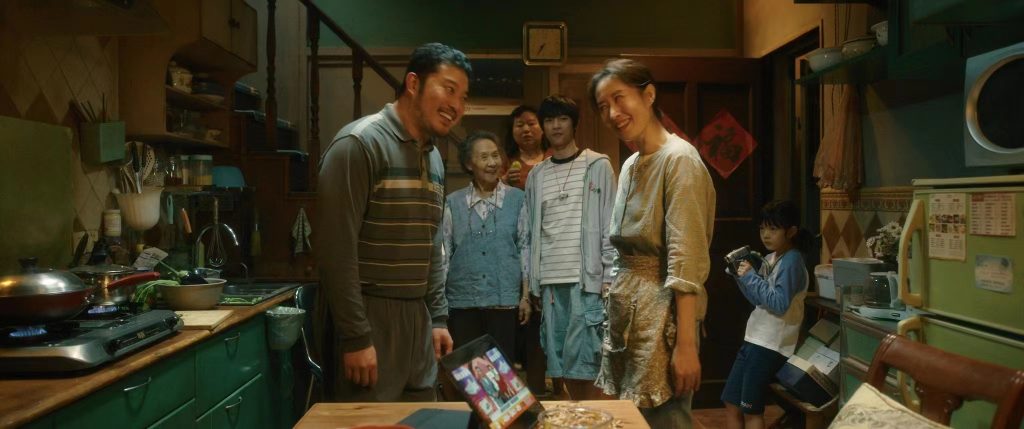Freedom to Create with Angénieux Optimo Primes & IOP | Interview with Zhou Wen Cao, CNSC
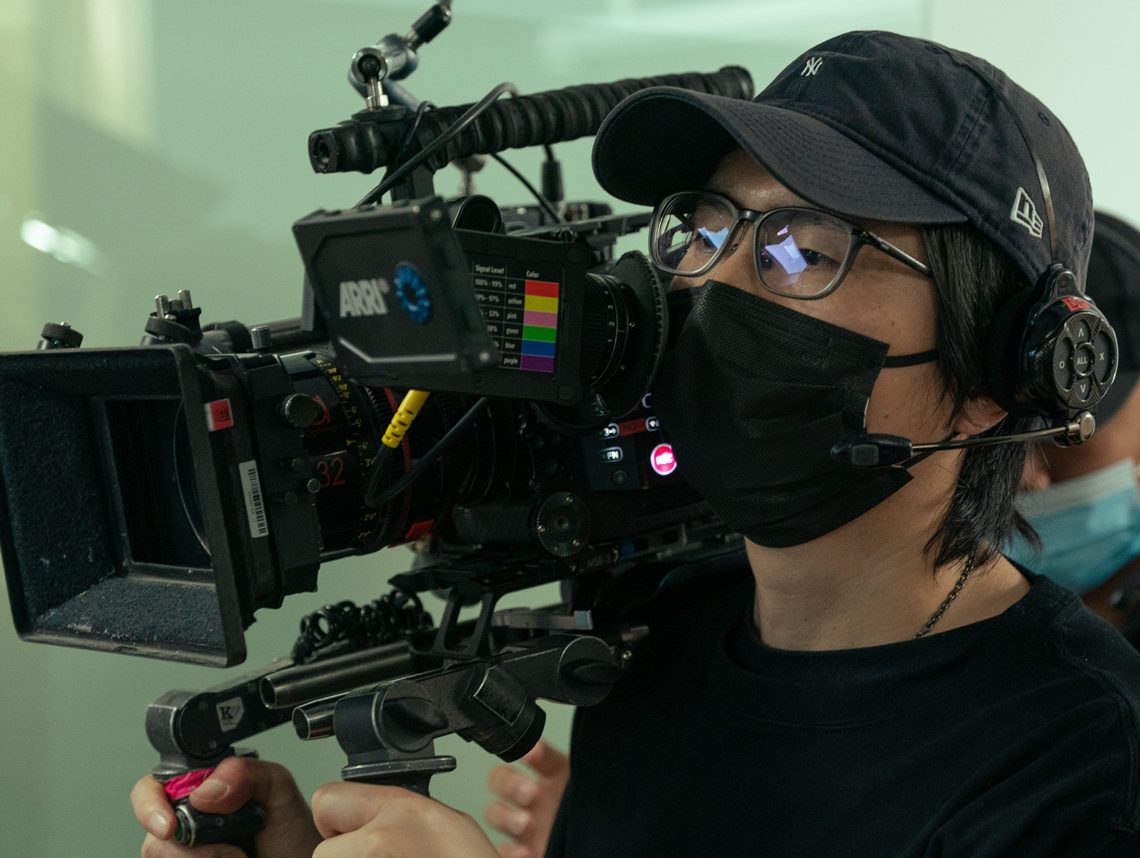
On 18 May 2018, Director Su Lun made her directorial debut with the movie “How Long Will I Love U”. This fantasy love story, set against overlapping time periods, moved countless viewers with its light-hearted yet tear-jerking plot. Earning over CNY$900 million dollars, it became the China box office’s dark horse of that year.
More than four years later, her second movie, the fantasy comedy “Five Hundred Miles” was set for national release on the first day of the Lunar New Year. Director of Photography Zhou Wen Cao, CNSC used the Angénieux Optimo Prime full-frame lenses and its unique Integrated Optical Palette (IOP) technology for this project. In this article, Zhou shares his knowledge and experience using these creative tools on the set of “Five Hundred Miles”.
“Five Hundred Miles” is also a fantasy movie. How would you describe its cinematic style?
The Director’s last work, “How Long Will I Love U” is a genre movie with a time-travel angle. “Five Hundred Miles”, on the other hand, incorporates many different elements, including fairy tales, dreams, fantasy, and other characteristics of genre movies. When the Director and I were discussing initially, it was difficult to sum up the cinematic style in one word. It’s just a commercial movie with many elements.
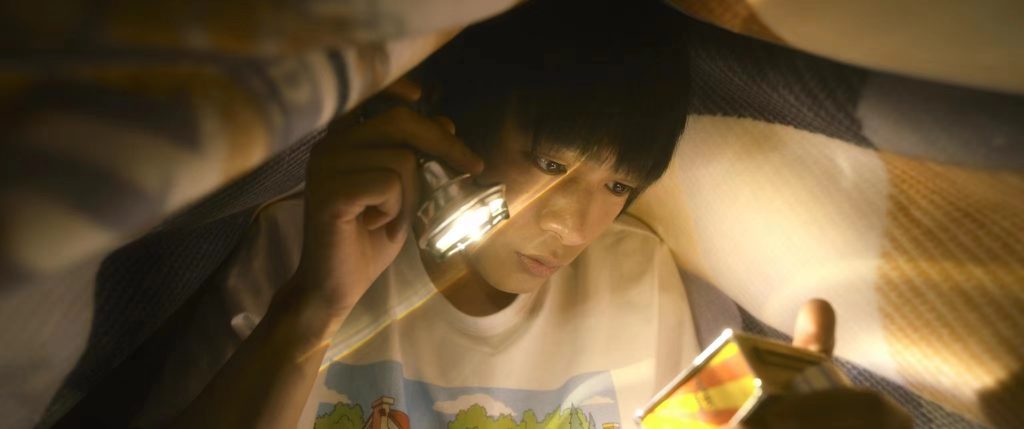
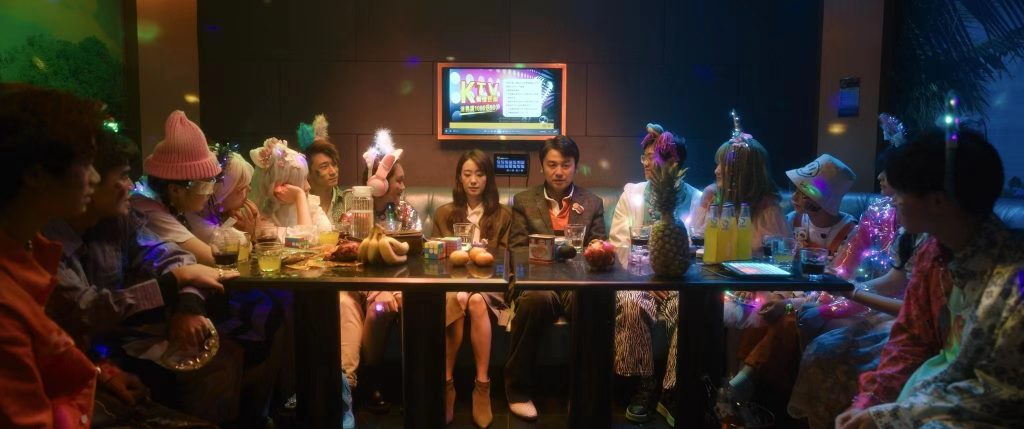
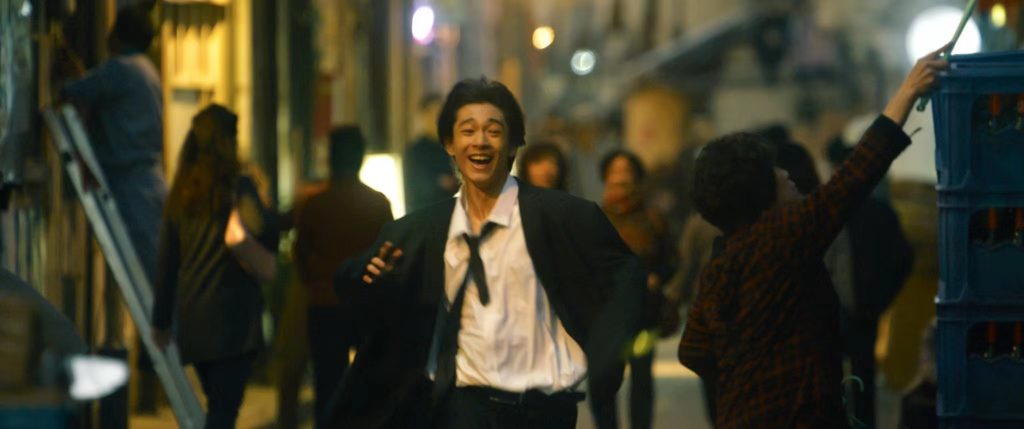
You did a lot of preproduction work for this movie and unlocked the Angénieux OP lenses’ unique IOP function to personally design the custom internal filter for this movie. How did you come up with this idea?
I previously saw an interview with the cinematographer of the epic period drama film “There Will Be Blood” in the American Cinematographer magazine. The cinematographer wanted a natural look with a vintage effect that meet the plot needs. They hired Panavision engineers to remove some of the glasses and replace them with old ones. The old glasses were coated differently, some of which had even been faded, as they felt that these were closer to the look that they wanted to convey in the movie.
That’s where I got the idea, which I also mentioned to KO Film. After learning about the Angénieux Optimo Primes and its unique IOP technology, I felt that this was what I wanted. The IOP technology provides cinematographers with the flexibility and convenience to do just that, which has been very helpful to our production.
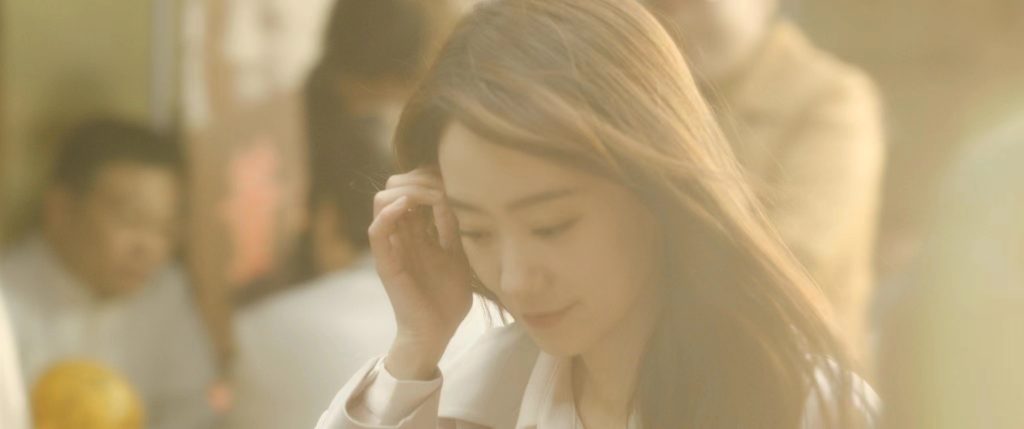
What else do you find appealing about the Angénieux Optimo Primes?
Except for some old camera lenses and probe lenses, we mainly used Angénieux Optimo Primes in the shooting. The image is very delicate; when light enters through the lens, the coating and even the ambient temperature on the lens will affect the imaging. So, I am very particular about which lens to use for shooting.
First of all, I am fascinated by the colour of the Angénieux Optimo Primes. The French embrace creativity, and the lenses they make are quite unique. The Angénieux delivers a very soft colour, with pleasing contrast and saturation. The skin tone is also better restored and not overly sharp. These are ideal features as our eyes are used to seeing a more natural image.
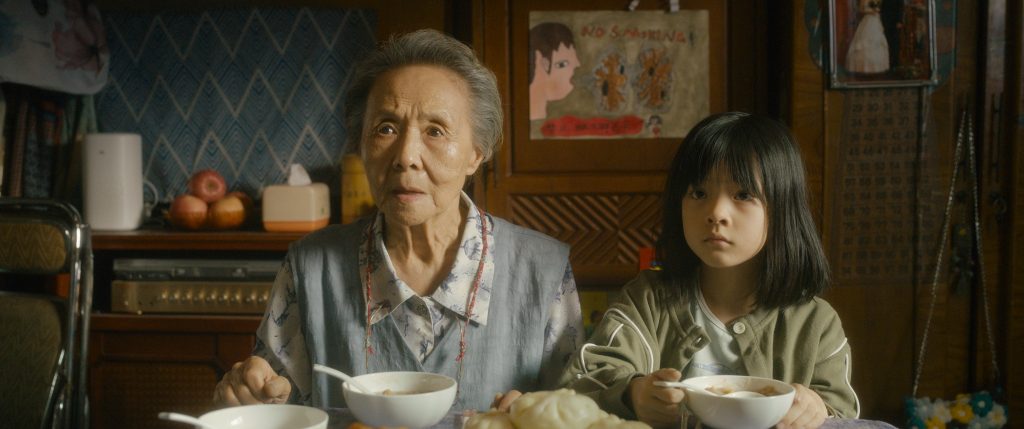
In addition, Director Su Lun is a vintage lens enthusiast and she has her own pursuit of image. She loves the old Angénieux lenses.
The second is the IOP function. We usually add filters to the front or rear to obtain different effects. With a diffusion filter in the front, the light would have already been altered upon entry, making it difficult to achieve seamless blending between the filter and the lens. The Angénieux lens’ IOP technology, however, makes this possible. The customisation happens inside the lens, so that the light enters the CMOS directly through the lens, and the effect is more stable.
In other words, the Angénieux IOP technology takes creative freedom to a new level. I think this is the unique charm of the Angénieux Optimo Primes: it is like an artist’s paintbrush, empowering the cinematographers with the freedom to create.
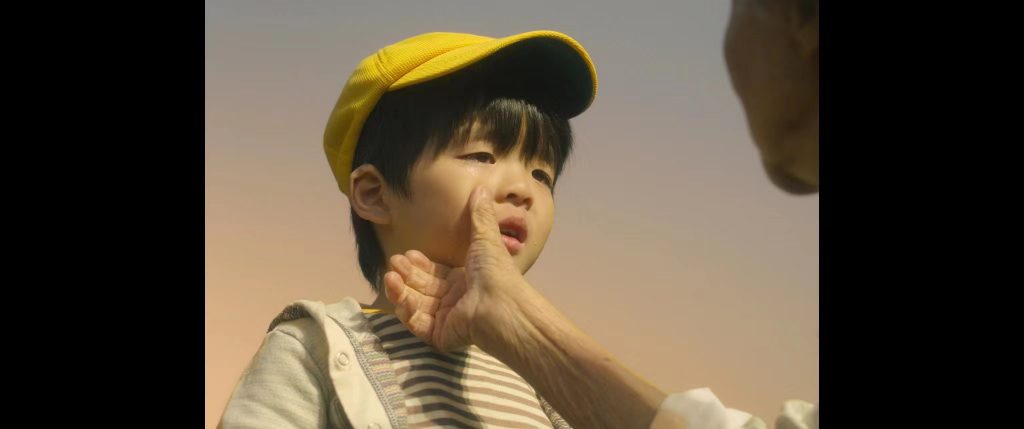
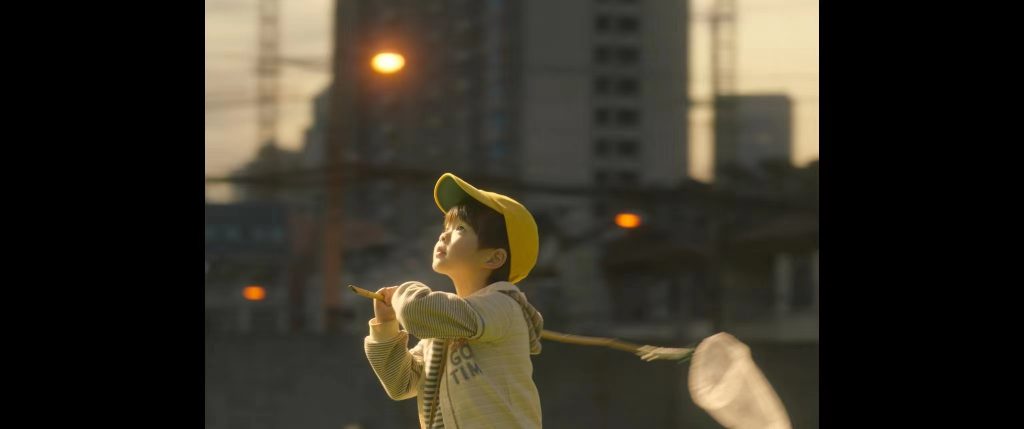
How did you apply the unique IOP (Integrated Optical Palette) element of the Angénieux lenses?
After deciding to use the Angénieux Optimo Primes, we began testing its IOP element. At that time, there were very few IOP offerings to choose from and refer to. In the end, we decided to customise the IOP clear optic internal filter, then create and design our own IOP filter. One of them – what we call the “foggy forest” effect – was used extensively in the movie. It gives off a glimmer glass effect for the highlights, but it offers much richer and more textured images than the commonly used filters.
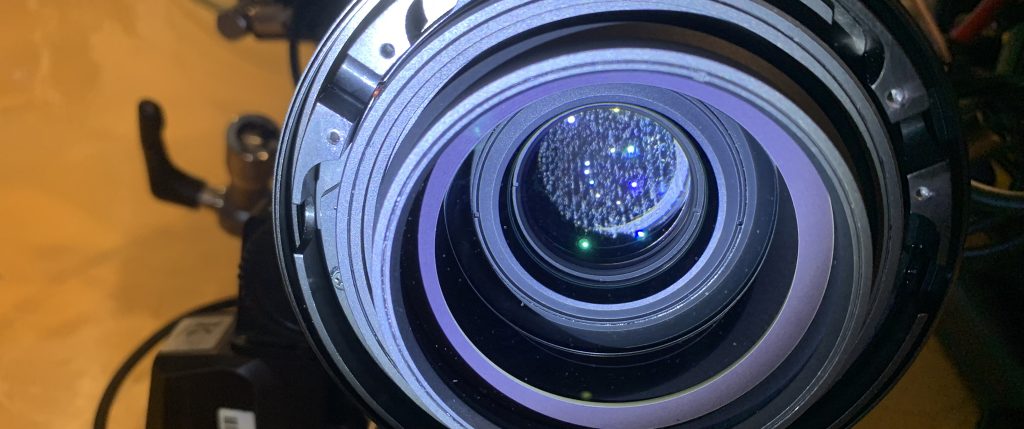
What are your thoughts about the functionalities of the Angénieux IOP?
The unique DNA of the Angénieux brand flows through the lens of the Angénieux Optimo Primes. In addition, its most powerful function is really delivering flexibility and customisation, and there is a huge demand for this. I had initially tried some old lenses on the market, but their quality had not been consistent. I hope Angénieux will develop more variety of IOP elements in the future, so that we can have more choices. I believe that many cinematographers will be as fascinated by this IOP technology as I am; they would want to continue using and exploring it in subsequent shootings. With the continuous development of digital technology, images are also developing. I think that digital, sharp and focused images will definitely be the future development trends, along with retro and emotive movie elements.
